TIBET HOUSE MAJOR EVENTS
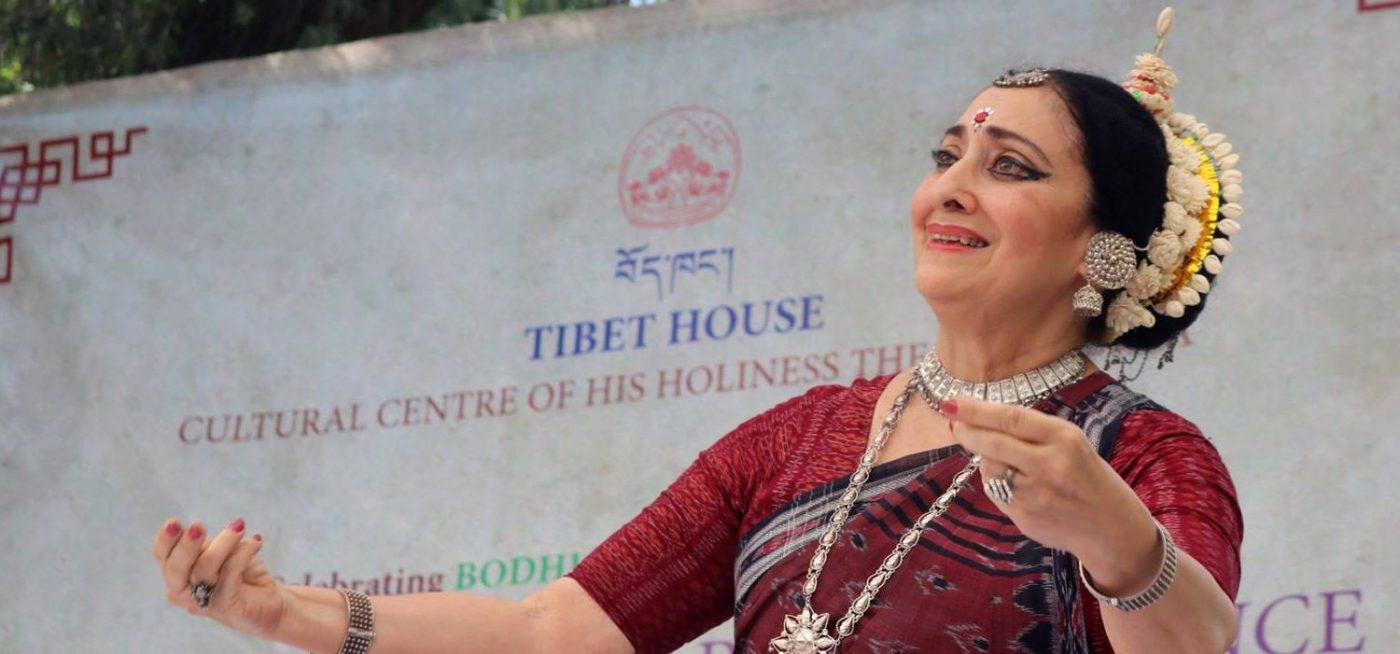
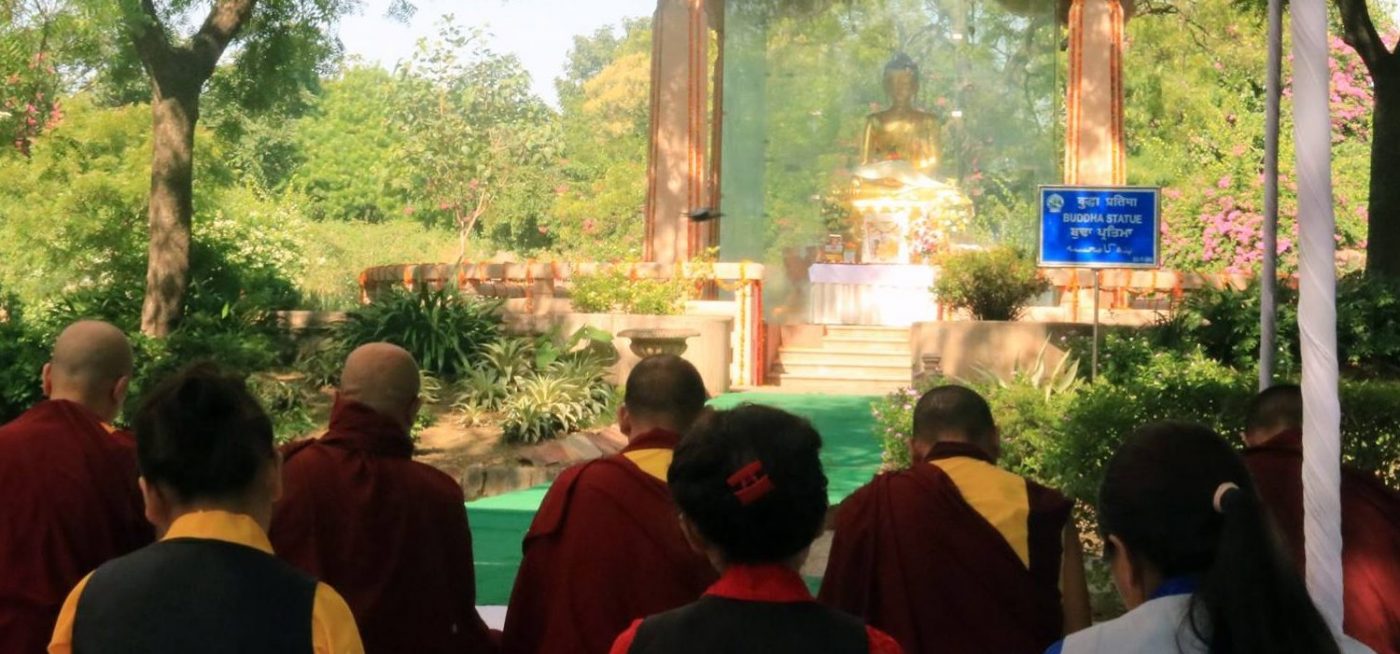
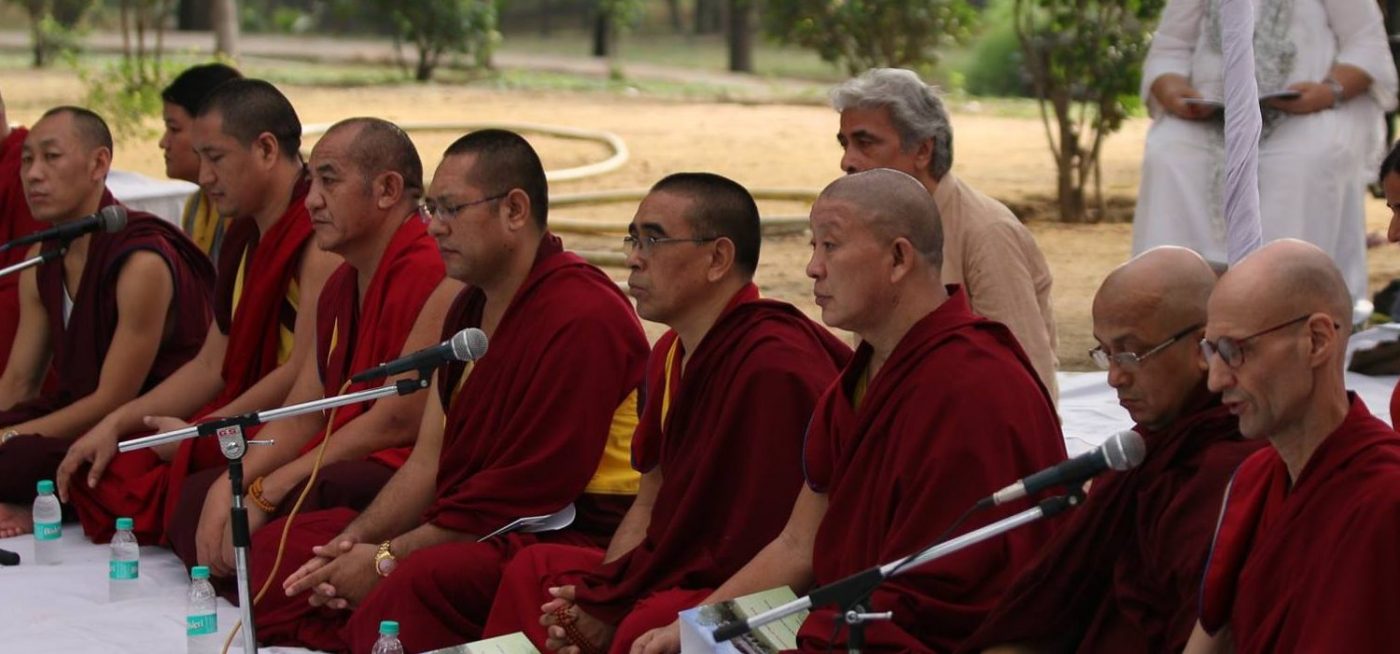
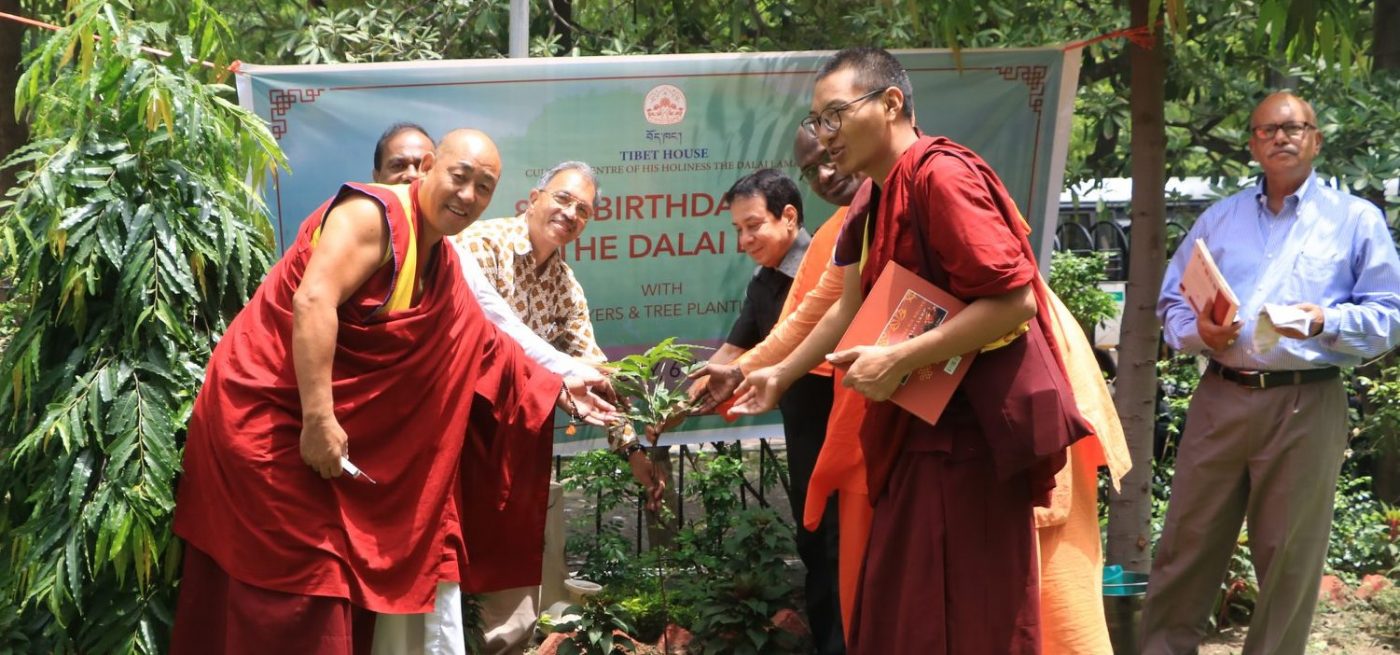
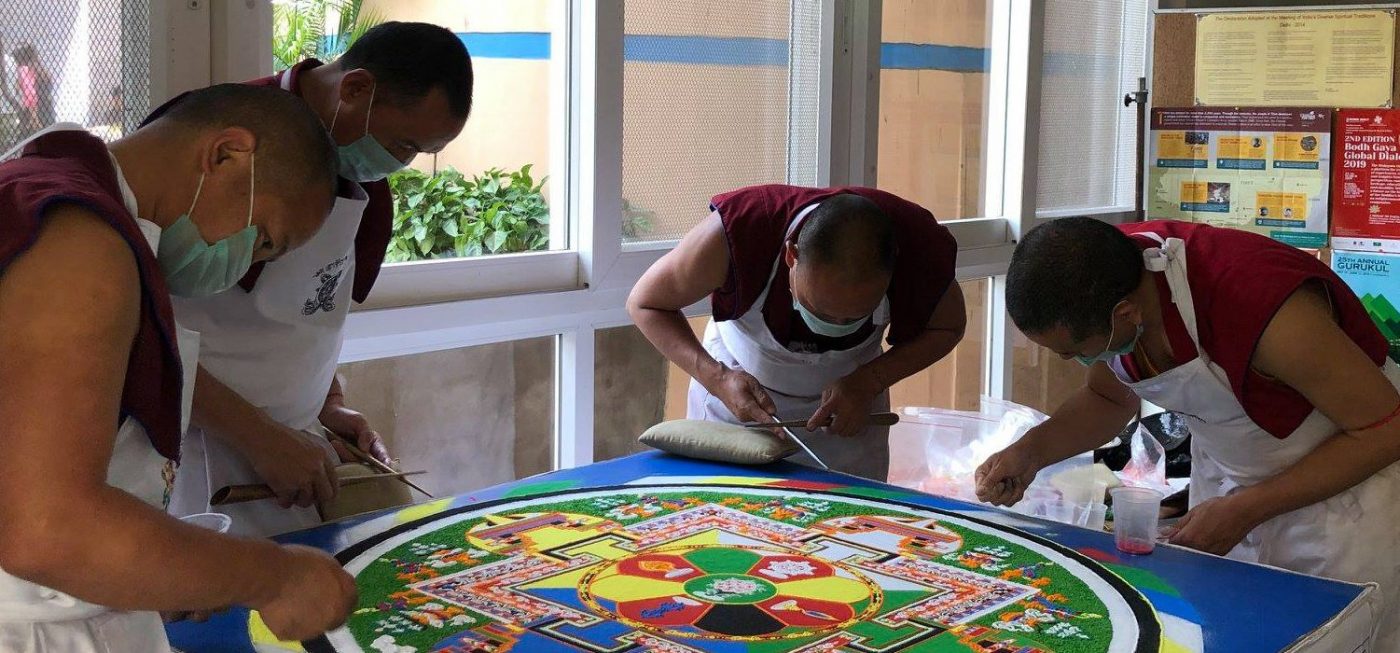
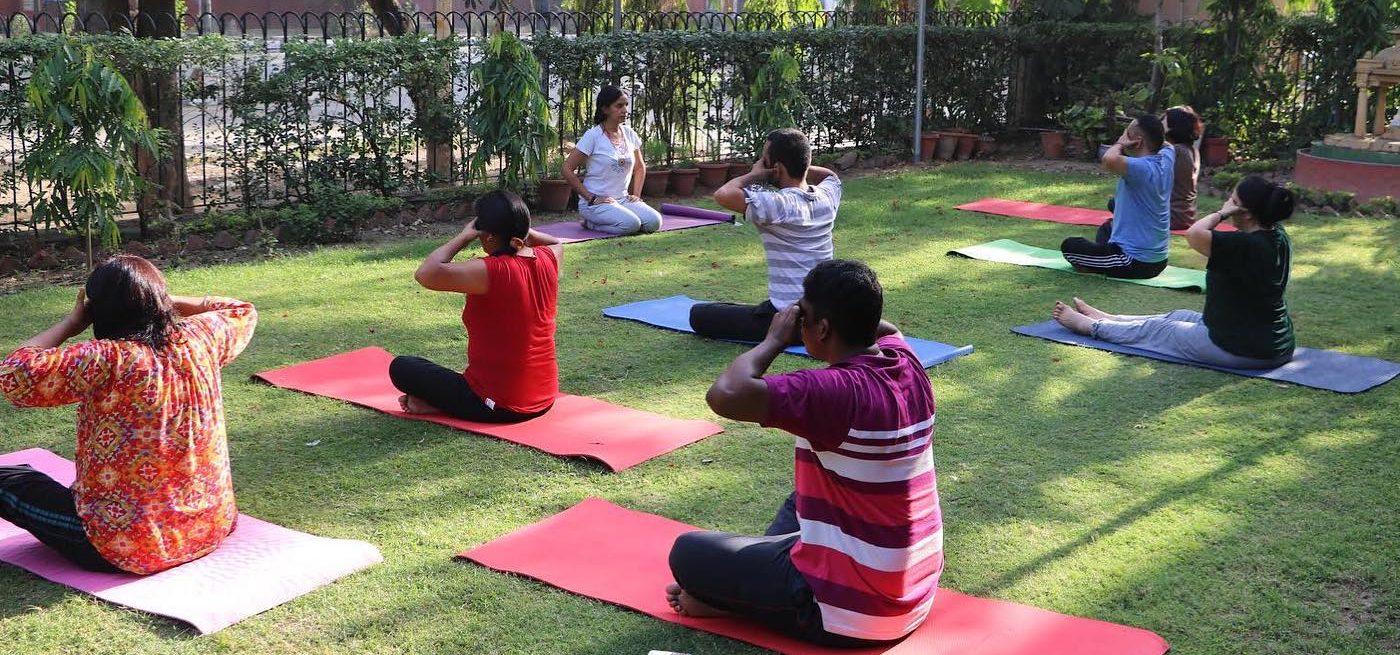
Festival of Sacred Chanting and Singing
The year 2003 marked the 10th anniversary of the installation and consecration of the Buddha Statue at Buddha Jayanti Park. To highlight the values of compassion, peace and tolerance symbolized by the statue, Tibet House organised a three-day Festival of Sacred Chanting and Singing from October 6 to 8. On the morning of the first day, people gathered to hear His Holiness the Dalai Lama’s discourse on The Four Seals of Buddhist Doctrine. This was followed by short performances by eighteen groups and individuals representing the spiritual traditions of five continents. During the evenings, as the moon grew larger and the air cooler, audiences in the Rose Garden of India International Centre enjoyed longer performances by these musicians.
There was great variety and range in the chanting and singing. While the Theravada Buddhist chant by Ven. Olande Ananda Thera was calm and peaceful, the performance of African songs by the Alafia Drumsong & Worldbeat Ensemble was lively and far from quiet. Christian Gregorian chants were performed by sisters from the Benedictine Monastic Community at St. Lioba in The Netherlands. Vietnamese Buddhists led by Ven. Thick Nhu Dien and group performed their tradition of Buddhist chant. Several musicians offered solo performances: Kongar- ol-Ondar, a high-energy throat singer from the Russian Republic of Tuva; Karen Therese from the USA, whose clear voice carried the tradition of Native American chanting; and Vidya Rao from Delhi, whose delicate singing of a Buddhist sutra was heard in Sanskrit.
There were other artists from Delhi too, including the Baha’i Choir from the Lotus Temple, Bhai Ajit Singh and Jatha, who chanted in the Sikh tradition, Samani Malli Pragya and group who sang hymns from the Arhat-Vandana Jain scriptures, and Prof. Vachaspati Upadhyaya’s group, who rendered Vedic chants. Shovana Narayan and her troupe of Kathak Festival of Sacred Chanting and Singing dancers offered the Shiva Mantram. Although Zoroastrianism has a large repertoire of songs, it has no tradition of chanting, but an innovative Parsi group from Mumbai led by Dr. Homi Dhalla created their own chants based on their sacred literature.
There were many performers from overseas. Tosi Poleri from Italy/ Ecuador played a “cross-cultural” medley of contemporary songs with a strong South American flavour, some of them accompanied by the pan pipes played throughout the Andes Mountains. Dr. Mordehai Wosk from Canada, Ruth Wieder-Magan and her group from Israel performed sacred Hebrew chant and hymns of Yom Kippur, the holiest day of the Jewish calendar, and also a very innovative programme based on the esoteric aspects of the Hebrew alphabet.
The Buddhism of Tibet was, of course, also represented. The Tehor Khampa Ladies Choir from Dharamsala offered the Mani Chant, a melodious version of the most popular mantra amongst the Tibetan people. The monks from Gyüto Monastery articulated the Meditation on Emptiness.
On the final evening one experienced Delhi’s own acclaimed Qawwali singing by Ghulam Farid Nizami, Chand Nizami and group. Their rousing and joyous blend of singing, drumming and clapping of hands was a fitting conclusion to the Festival, and the enthusiastic drumming by the small son Nizami brought a smile to the faces of everyone who watched and listened. Every evening following dinner, spontaneous music (and even some dancing) burst forth from guitars, flutes, drums and voices from many lands singing in harmony.
